Interview with Rebecca van Bergen, Founder of the Nonprofit Nest
Nest is a nonprofit that’s building a new handworker economy to increase global workforce inclusivity, improve women’s wellbeing beyond factories, and preserve important cultural traditions around the world. It’s home to corporations, philanthropists, and artisan enterprises who work together to build a better future. Speaking with Nest’s founder, Rebecca van Bergen, gives valuable insight into global craftsmanship.
Rebecca founded Nest over 11 years ago with the desire to turn craftsmanship, which is the second largest employer of women worldwide, into a way to correct gender and income imbalances around the world. Rebecca’s great-grandmother and mother were quilters, and her great-grandmother would make quilts from old clothes to stay warm in the winter time. The interplay between utilitarianism, art, and heritage is a special place for Rebecca, which is one of the reasons she founded Nest: “Craftsmanship is often grounded in utilitarian purpose...There is much to learn from craftsmanship and from work designed and created by women and mothers.”

Rebecca van Bergen
Nest works to solve problems that artisans all over the world face on a daily basis. Artisans are often part of the informal economy and are often paid cash per piece. They’re rarely paid minimum or fair wages, and the markup of goods doesn’t reflect what was paid to the original artisan. “A surprising 79% of the supply chains we work with at Nest were not able to demonstrate that they meet minimum wage when we first start working together, yet nearly 40% have closed the gap within a year of participating in our Ethical Handcraft Program, and 65% have implemented measures to do so over the course of the next year,” says Rebecca.
Nest’s Ethical Handcraft Program brings standards and transparency to relationships between artisans, brands, retailers, and designers. The training-first program is tailored to address the wide degree of variation in decentralized supply chains, which may result from factors such as multiple layers of subcontracting, migrant labor forces, and broad geographic dispersal. The Ethical Handcraft Program is well known for its dedication to cultural sensitivity and handworker ownership in decision-making.
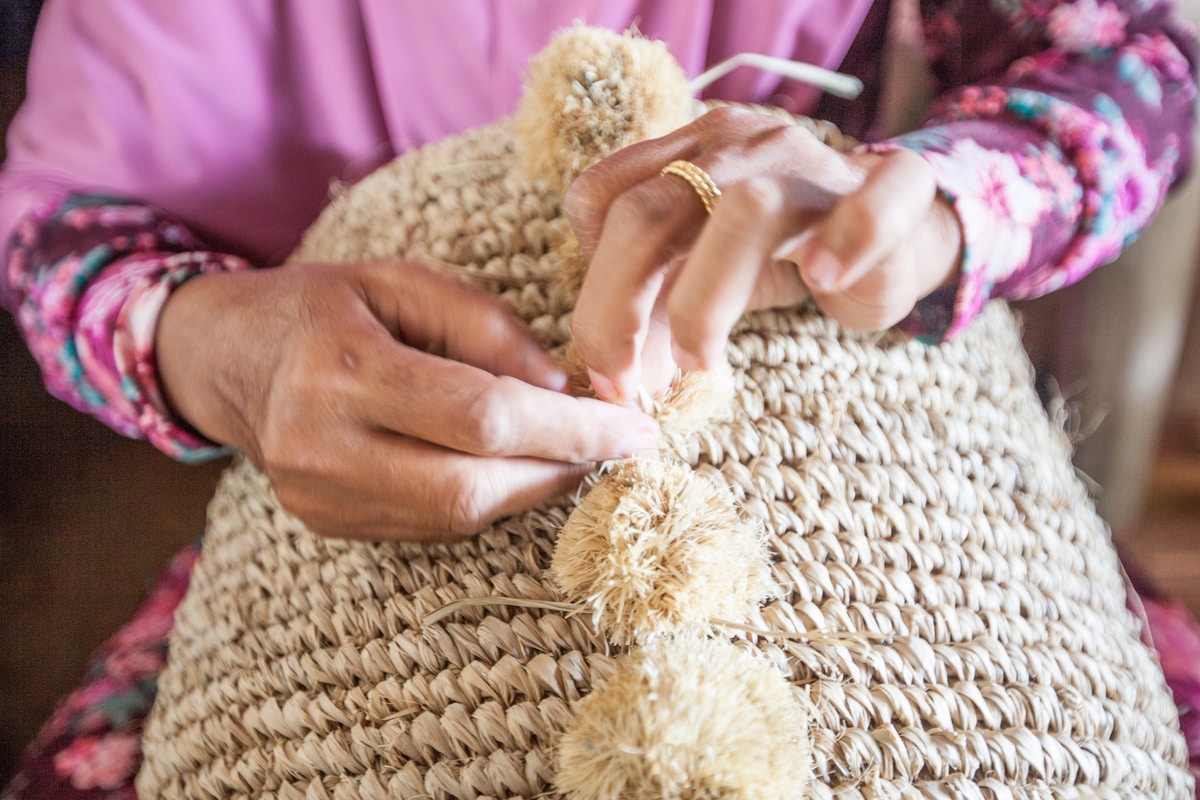
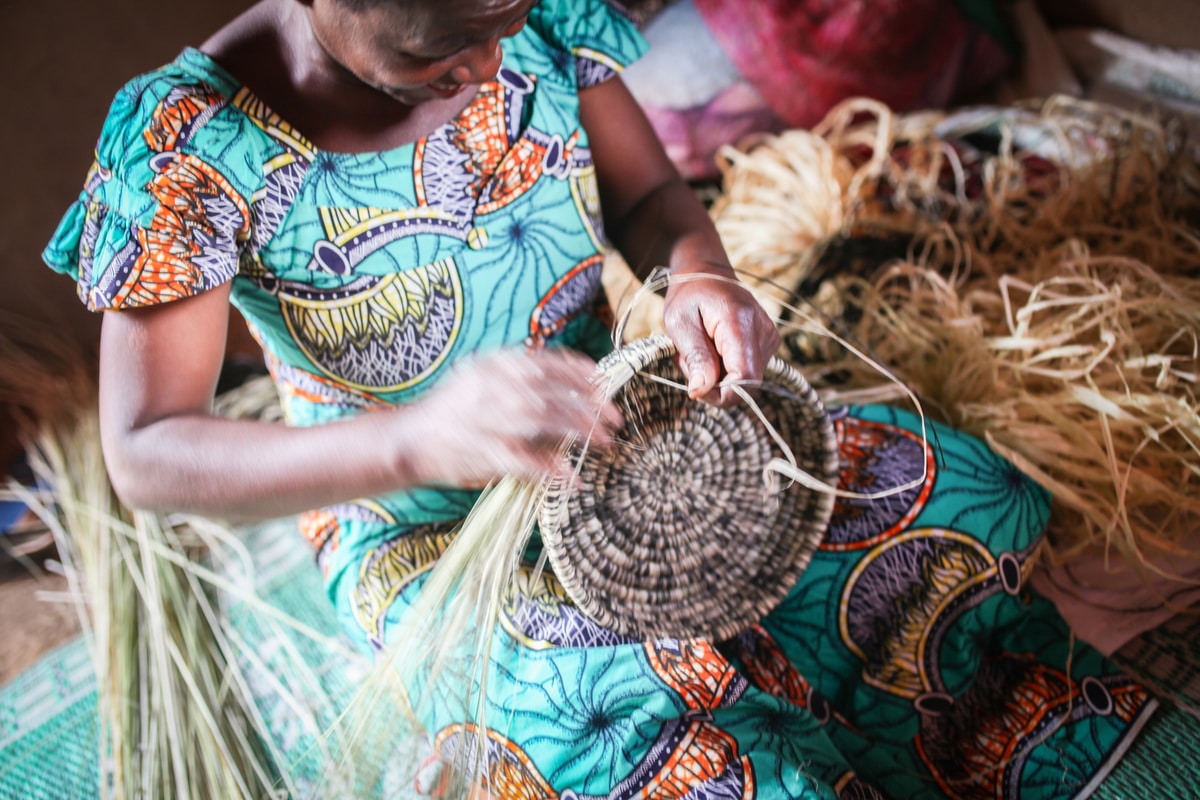
Being underpaid is only one of the problems artisans face though. Lack of work and poor living conditions are also barriers that keep artisans from realizing their full potential. If rain leaks through a ceiling and gets on fabrics, then an artisan won’t be able to deliver goods to a brand or retailer they’re working with. Rebecca also gives the example of gold-casting: if a brand wants something to be gold-cast, this can’t be done in many communities for safety reasons, so gold casting must be done outside of the community. Nest works with artisans and brands to help solve problems like this, and they also connect artisans to a global marketplace.
“Connection to a global marketplace is important. Artisans want to be connected to a global community. They get excited when they see their products in the global marketplace. Making artisans part of the dialogue and involving them in the co-creation of a global marketplace is a great step toward keeping craftsmanship from disappearing, especially from non-European countries.”
~ Rebecca van Bergen ~
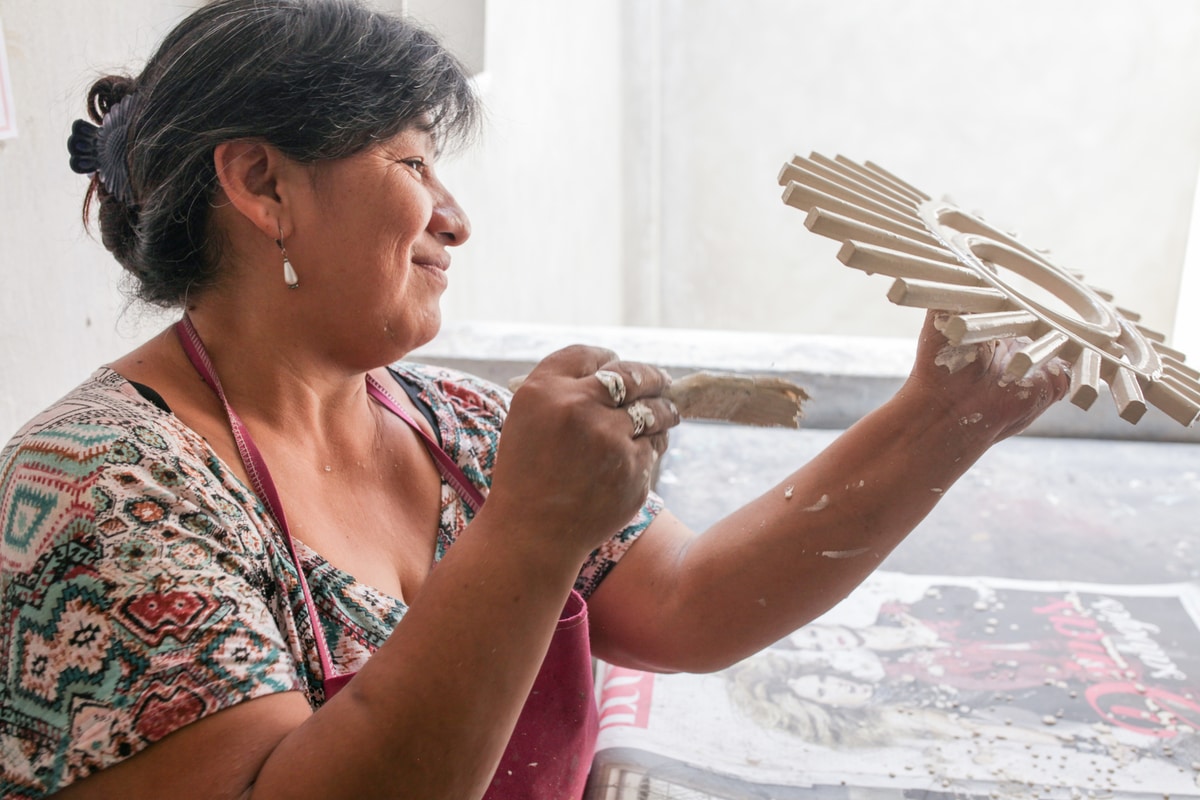
Research suggests that there are over 300 million homeworkers globally who are engaged in craft production, many of whom are women. When Nest investigated the handicraft sector, they found that only 0.02% of the top 50 institutional funders in the United States had invested in it. “Artisanal work has long been thought of as ‘women's work’ and hasn’t gotten the same level of investment because of this. It is the second largest employer of women, which should make it an investable economy,” says Rebecca.
Nest’s hope is that crafts-people will find their appropriate place in the economy, and that their work will be appreciated and fit into the consumer economy. Consumers have a plethora of options and have huge power with their buying choices. Luxury doesn’t have to be sought-out from conglomerate luxury brands anymore; handcrafted goods are often luxurious by nature.
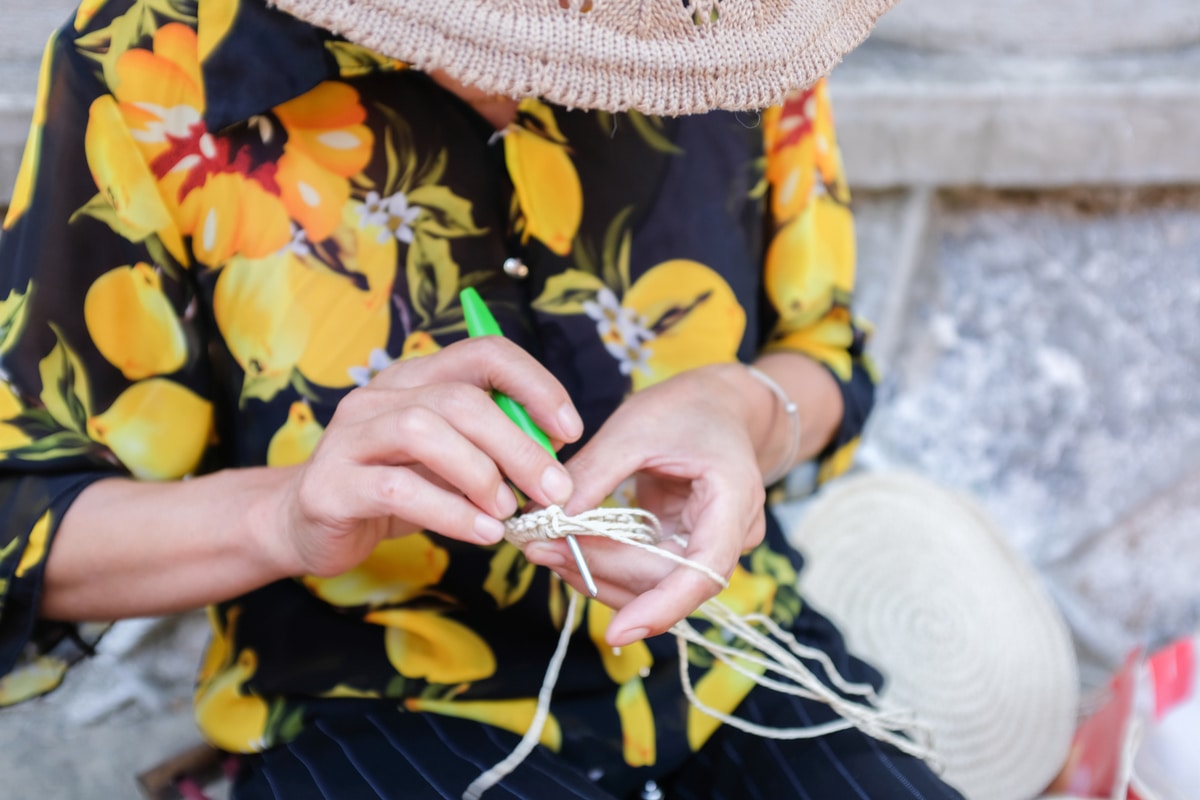
As Rebecca says, COVID-19 has changed many things, “We now have a better understanding of global citizenship; hopefully COVID-19 will be a new opening to how we buy and consume, which is exciting.” Consumers can now not only question what they’re buying, but expand on where they’re buying it from. There are a growing number of NGOs, foundations, and companies that are interested in investing in global craftsmanship and artisanal work because they see its value for both consumers and the artisans themselves.
Consumers have an important part to play in the future of craftsmanship. Rebecca advises consumers to look for fair trade or other third party verifications to make sure that what they’re buying is supporting artisans in the right way. If consumers continue to use their voice and vote with their dollars, this is one small way to help ensure that craftsmanship and artisans have a future.
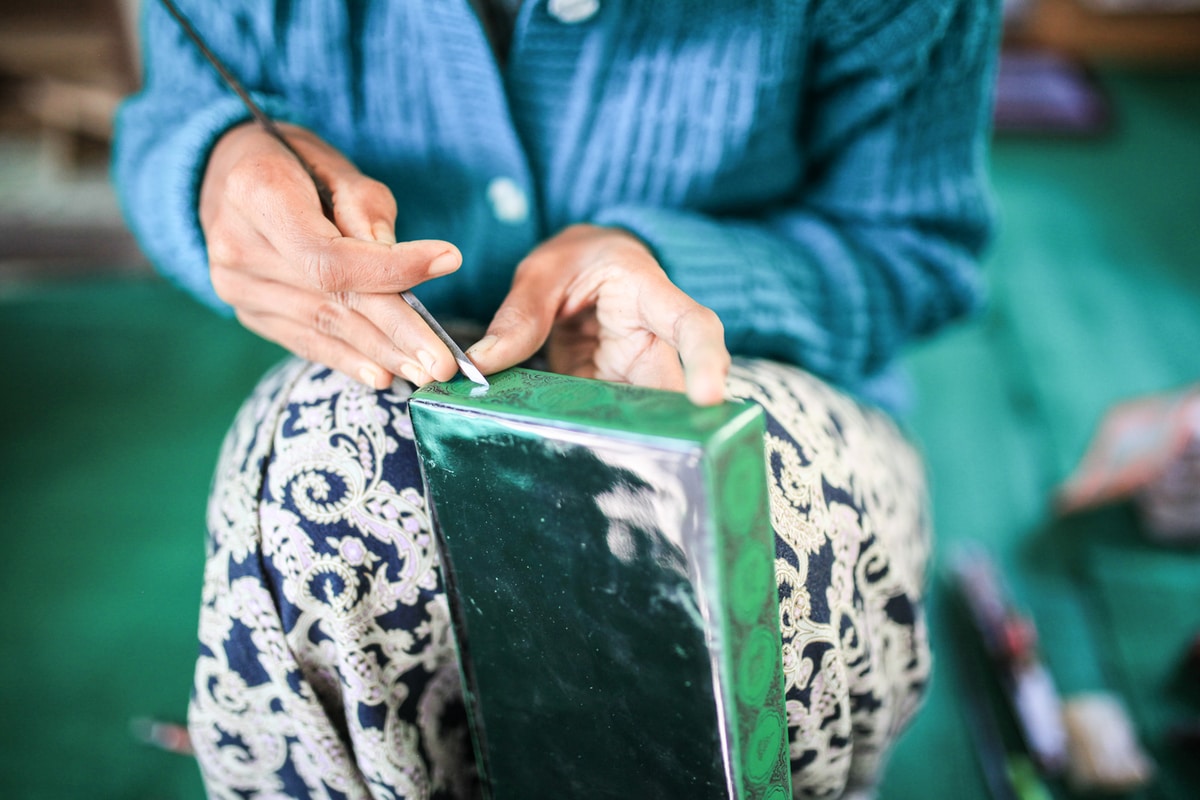
This interview is part of the huge article “The importance of Craftsmanship in Fashion," published in our Luxiders Magazine Print Issue 5. Buy it here.
All photos courtesy of Nest.

+ Words: Jessy Humann
Jessy Humann lives and writes out of Spokane, Washington. When she's not writing about sustainable fashion and why it's important, she loves to write poetry and do other types of creative writing. Her first children's book comes out next year. Connect with Jessy on LinkedIn.




